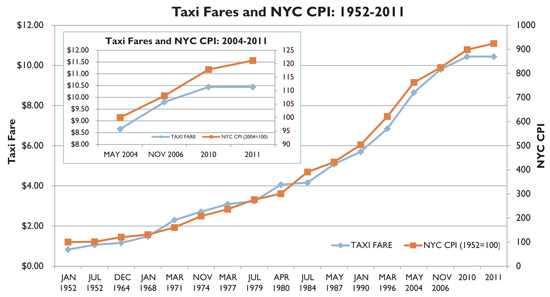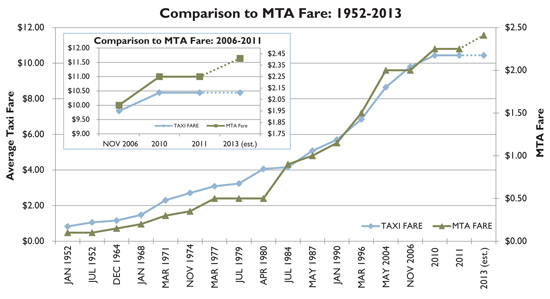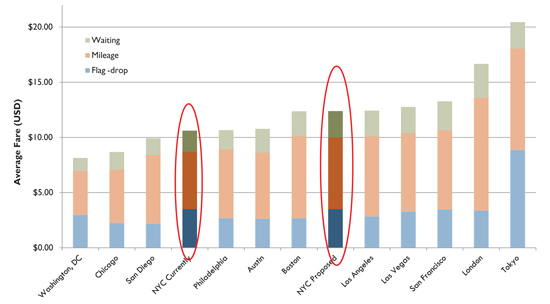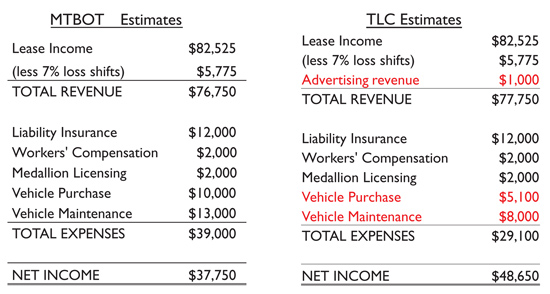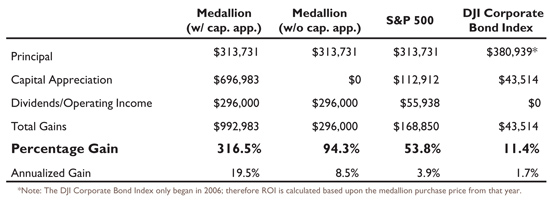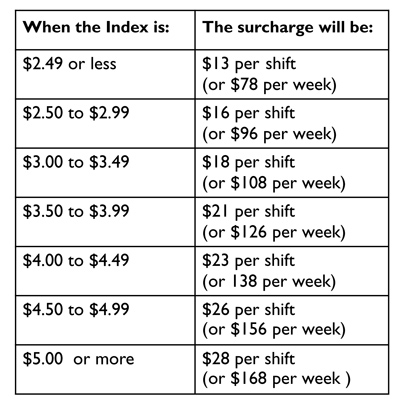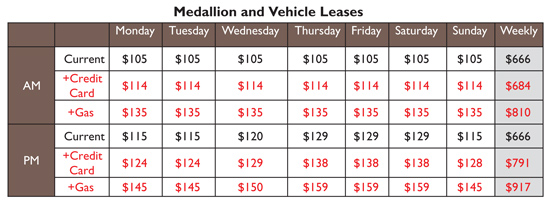|
|
NEWLY PASSED FARE AND LEASE CAP RULES Rules will increase the rate of fare, increase fleet lease caps to offset cost shifts, and increase DOV lease caps to better reflect costs of different industry segments. On July 12, 2012 the New York City Taxi Limousine Commission approved a 17% increase in taxi fares, the first change since 2006. The Taxi and Limousine Commission voted six to two in favor of the fare hike plan with one abstention. TLC Chairman David Yassky and Mayor Michael Bloomberg had publicly supported the proposal as a means to assist drivers recover from higher gasoline prices and cost of living expenses. The TLC estimates that the average take home pay for a New York cab driver is presently approximately $130 for a 12 hour shift. It will rise to over $150 as a result of the new fare increase. Taxicab owners and drivers will be able to charge the new fares as of Tuesday, September 4, 2012, provided that they have recalibrated their taximeters and updated their door decals. Owners MUST make these changes no later than Sunday, September 30, 2012.
Fleet lease caps are increased to offset shift of credit card processing costs to medallion owners, and an optional lease cap gas surcharge has been implemented where fleets choose to provide gas to drivers. The TLC also eliminated a 5% charge that fleets had been permitted to deduct from each driver’s credit card sales at the end of each shift. The charge was designed to cover the costs for credit card processing and was made mandatory in 2008. Drivers will now pay a flat $10 fee every shift to cover card related costs.
Current medallion only lease caps are increased and a new “all-in” medallion-and-vehicle rate to better reflect current practices, and to put DOV agents on comparable footing to fleet operators has been created. Driver income has declined 15% since the last fare increase
Historically, taxi fares have very closely tracked the consumer price index. However, since the last fare increase in 2006, CPI has outpaced taxi fares.
Other transportation costs have risen MTA fare is a key benchmark for taxi fares. Recent (and upcoming) MTA fare increases have outpaced taxi fares.
Taxi fares in comparison cities (Calculated using typical NYC trip: 2.8 miles traveled and 4.77 minutes waiting time; weekday at 5:00pm)
Fleet profits At the May 31 lease cap hearing, MTBOT presented estimates of fleet revenue and expenses per medallion.
Proposed rules raise lease caps to change the way in which fleets/agents collect credit card processing fees. Credit card processing
Optional gas surcharge
Weekly lease caps — the weekly lease cap rate will be the most that a fleet can charge an individual driver over
TLC LAUNCHES NEW, MORE USER FRIENDLY WEBSITE Taxi/For-Hire Riders and TLC Licensees to Benefit from New Portal Approach The New York City Taxi and Limousine Commission (TLC) is pleased to announce that its new website is live and ready to serve licensees throughout its regulated industries as well as the riding public. The new, streamlined, and user friendly website takes a portal approach offering site visitors more direct access to sought after information by first identifying who they are (Driver, Base Owner, etc.) and then what they are there to accomplish (Renew my license, Learn more about TLC rules, Schedule an inspection, Check my license status, etc.). The updated site also offers visitors a window into the TLC’s latest initiatives from pilot projects to Requests for Proposals such as the smartphone payment app project, to name a few. Licensees can use the site to pay online for license renewal transactions or to check their licensing status. Base operators can schedule vehicle inspection appointments and confirm that their affiliated vehicles are driven by drivers in good standing. (Industry Information link www.nyc.gov/html/tlc/html/industry/licenses_main.shtml).
NOTE: Those who visit the web site regularly should clear their cache to be assured the new pages will load. This is especially important for those who rely on the Current Licensees listings or access the website to submit appointment requests!
© 2013 TLC Magazine Online, Inc. |


